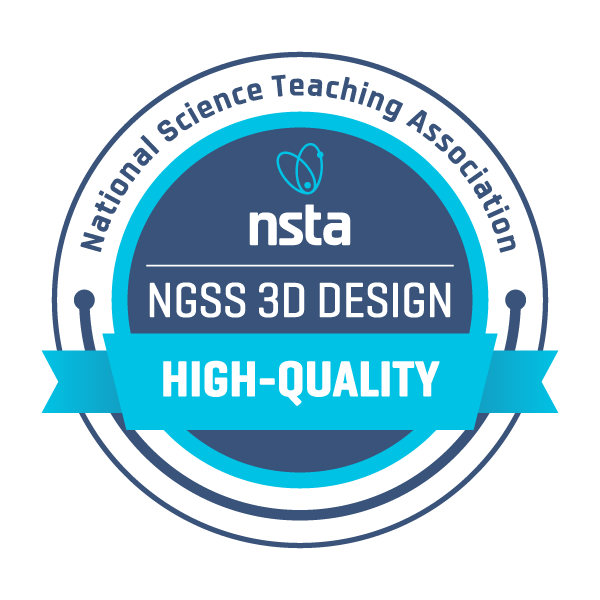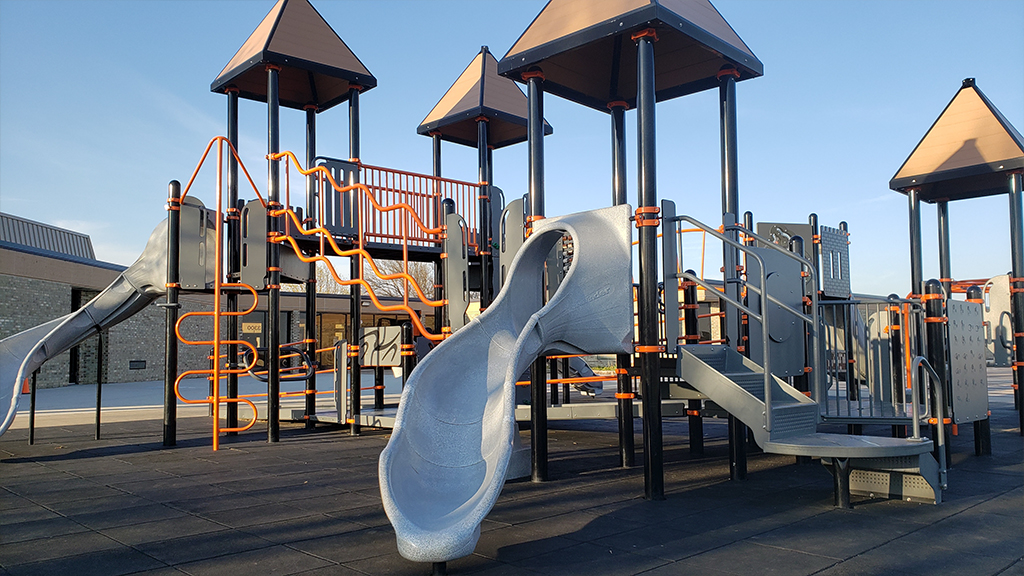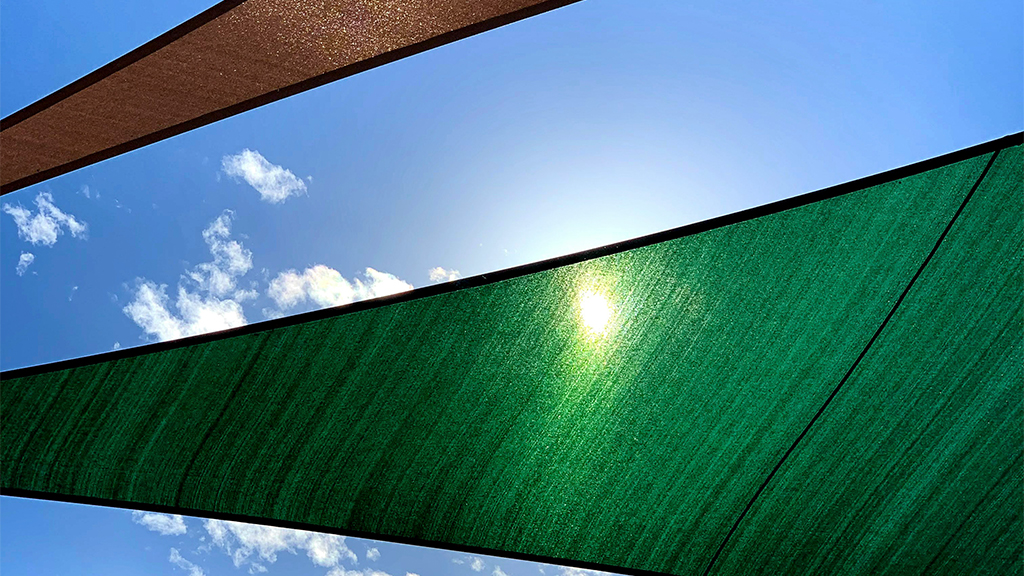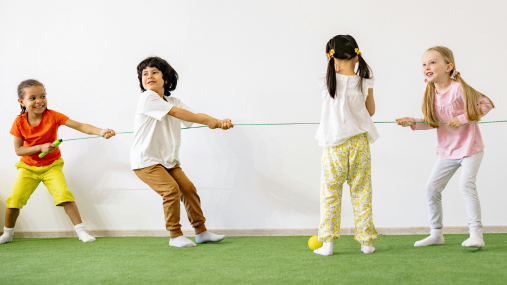Kindergarten
NSTA EQuIP Reviews
The EQuIP Rubric for Science provides criteria by which to measure how well lessons and units are designed for the NGSS. This page houses NSTAs EQuIP Rubric Reports for Kindergarten. Learn more about the review process.
K.1 Energy: Sunlight
Why do some surfaces get hot and how can we make them less hot?
Developer | Score | Report | Awarded |
|---|---|---|---|
| OpenSciEd | Total Score: 9 E: Example of | Download Report (PDF) |  |
Unit Summary
Have you ever wondered why some surfaces outside are hot and others are less hot? This unit begins with a shared experience of observing how surfaces feel hot and less hot outside around the schoolyard. Then students make and record observations of different surfaces in different places in their schoolyard. Students identify the problem that blacktop can get too hot and be uncomfortable to play on. They brainstorm solutions to this problem, draw design solutions, and collaboratively build and test their designs. Students end the unit by creating a class consensus design based on their comparisons of the design features and materials that worked best to prevent the blacktop from getting too hot.
K.2 Weather
How can we be prepared for the weather?
Developer | Score | Report | Awarded |
|---|---|---|---|
| OpenSciEd | Total Score: 9 E: Example of | Download Report (PDF) |  |
Unit Summary
Have you ever wondered what the weather is like so you can get ready to go outside and be comfortable? This unit begins with a shared experience of observing what it looks and feels like outside and a discussion of how we got ready and were (or were not) comfortable outside. Students’ noticings and questions about different weather conditions lead them to make and use data collection tools to observe temperature, cloud cover, rain and/or snow amounts, and wind speed. As they look across class data, they use counting tools such as tally charts to identify consensus observations, which they record on a class Weather Calendar. Later, students use the data they collected over time to identify patterns and describe what the weather is usually like. Building on these patterns, students read about how meteorologists use weather patterns to make weather forecasts, and that sometimes these forecasts are for severe (unsafe) weather. Students then obtain information about how we can prepare and respond to severe weather to keep ourselves and others safe, and create Community Service Announcements to communicate what they have figured out.
K.3 Forces & Motion
How can we move things to where we want them to go?
Developer | Score | Report | Awarded |
|---|---|---|---|
| OpenSciEd | Total Score: 9 E: Example of | Download Report (PDF) |  |
Unit Summary
Have you ever needed to move something to a specific place, whether it’s an everyday object or something more fun, like in a game? This unit begins with a shared experience of moving a box to hold and transport many objects at once. Students then read about carnival games and the challenges involved in moving objects within those games. Their observations and questions about how things move lead them to plan and carry out investigations to figure out how they can start, stop, and change the motion of objects using pushes, pulls, and collisions. Students explore how different strengths and directions of pushes and pulls affect an object’s motion. Building on these investigations, students use the engineering design process to plan, build, and test a game where the goal is to move a ball from a starting point, around an obstacle, to an ending point to win. They apply what they have figured out about changing an object’s direction of motion as they design, build, test, revise, and share their engineering solution.





